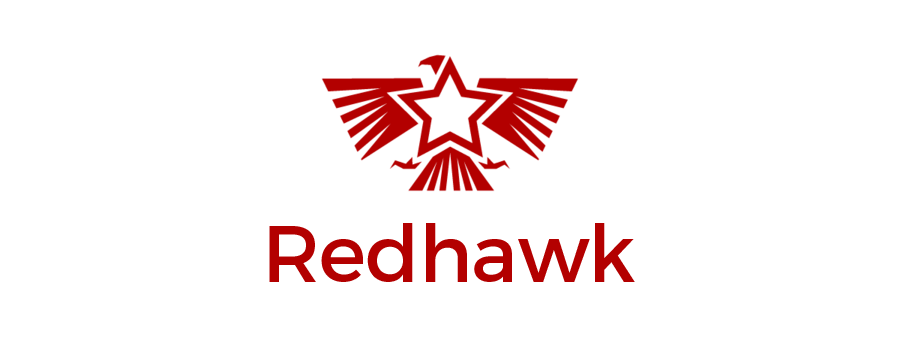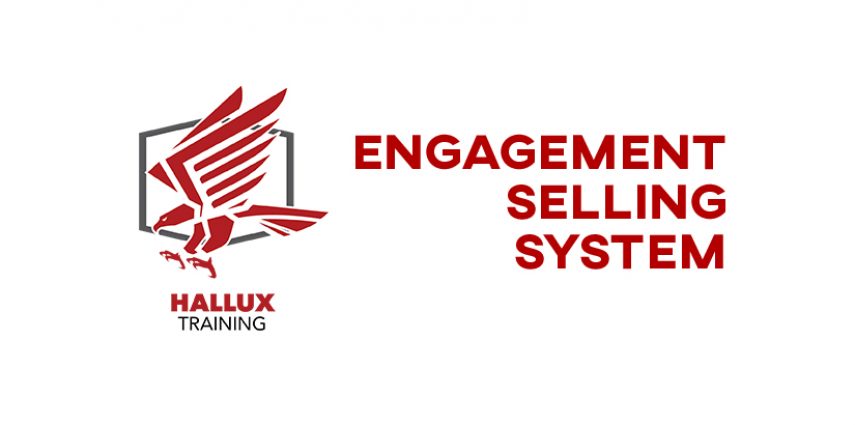I’ve seen it time after time—small business owners who aren’t happy with their sales team or their results. They call me with a single goal in mind—help me hire better salespeople.
That’s rarely the solution. If you aren’t training your current team, you haven’t set them up for success. Adding more untrained bodies will only subtract from your bottom line, demotivate your existing salespeople, and increase competition for the same meager sales. Firing and replacing your underperforming salespeople doesn’t address the problems in your program, like poor sales management, a lack of performance measurement, poorly designed incentive structures, and misalignment between sales and marketing.
I’ve been looking for sales training to recommend to these clients, but the few programs we’ve found are woefully out of date for the current marketplace, and none address entrepreneurial businesses.
That’s why we’ve launched our new sales training program. It’s called the Engagement Selling System, and it directly addresses the chronic struggle entrepreneurs face building and growing successful sales teams. Entrepreneurs’ business development is different in almost every way from large corporations, but no one has designed an approach specifically with them in mind.
For entrepreneurs, cash flow is a continuous stressor as revenue peaks and valleys are part of the business landscape—29% of businesses fail due to a lack of positive cash flow. All businesses need revenue to survive, and they need to increase that revenue every year to grow without taking on debt or selling equity.
According to trainingmag.com, training is largely deprioritized by SMBs. The average amount spent on training per individual in small- to medium-sized companies has been as low as $554—or less than .02% of their annual operating budget.
When companies spend $5,000 or more for things like a great website, but spend virtually nothing on improving the capabilities of the people responsible for generating their revenue lifeblood, the writing’s on the wall.
We designed ESS to improve conversion rates and create sales professionals who are prepared to outperform their competitors. It’s not enough to have a great sales system, it has to be easy to use and applicable across the wide variety of circumstances salespeople face. The goal of our sales training program is to move the needle by giving your team an approach they can apply immediately and affordably.

